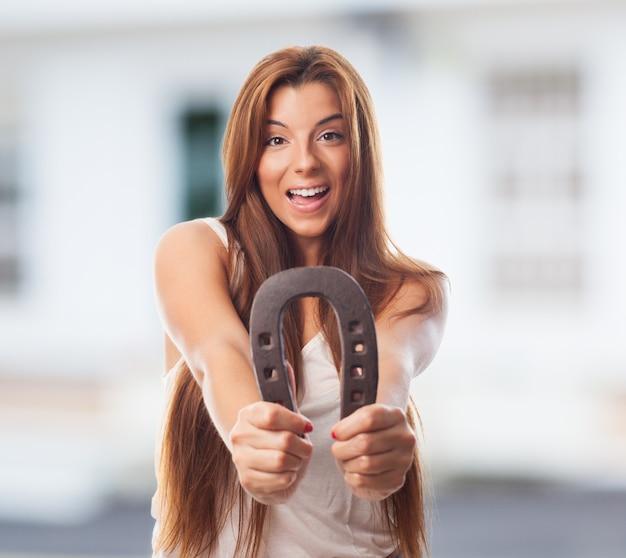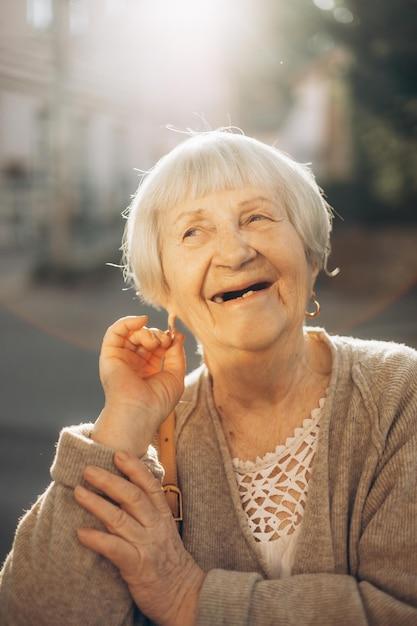Have you ever wondered why everyone in old photographs seems to wear a solemn expression? It’s almost as if they lost their smiles somewhere in the annals of history. As an avid history buff, I’ve often pondered this peculiar phenomenon. After some research and a fair share of curiosity, I’ve finally unraveled the mystery behind the stoic faces captured in those vintage snapshots.
In this blog post, we’ll dive into the intriguing reasons why people rarely flashed their pearly whites in old photos. From social customs and long exposure times to cultural influences, we’ll explore the various factors that contributed to this captivating aspect of early photography. So, grab a cup of coffee and join me on this fascinating journey back in time, as we uncover the secrets of why nobody smiled in old photos.

Why Did Our Ancestors Have Poker Faces in Old Photos?
Do old photographs make you wonder if people in the past had never heard of smiling or if they just didn’t know how to have a good time? Well, fear not, dear reader! There’s a historical explanation for those stern expressions that will help you make sense of those poker faces in vintage photographs.
The Serious Art of Photography
In the early days of photography, cameras weren’t as sophisticated and instantaneous as they are now. Back then, the exposure time required for a photo easily stretched to multiple seconds. Can you imagine trying to hold a smile for that long without it looking awkward? That just wasn’t practical! So, people resorted to neutral and serious facial expressions to avoid blurry or distorted features in the final image.
Being Still as a Statue
Not only did those early cameras have long exposure times, but they also had limited sensitivity to light. This meant that subjects had to remain perfectly still during the entire photographic process to avoid any dreaded blurriness. Any sudden movement could result in a ruined photo. Imagine trying to maintain a genuine, natural smile while feeling like a statue for what seemed like an eternity! It’s no wonder people opted for a more serious, composed look.
Technology’s Influence on Expressions
As technology advanced and exposure times decreased, the practice of not smiling in photographs started to fade away. However, the tradition of serious expressions stuck around due to cultural influences and a desire for formality. Smiling was often associated with informality and frivolity, whereas more serious expressions were considered appropriate for formal portraits and occasions.
Hold That Smile, Please!
By the early 20th century, shorter exposure times and the increasing popularity of snapshot cameras allowed for more spontaneous and relaxed poses. Smiling became more common in photographs, signaling a shift towards capturing everyday moments and genuine emotions. So, the poker faces slowly gave way to radiant smiles as people realized that freezing a joyful moment didn’t require them to keep their happiness under wraps.
It’s All About Context
While it may seem like our ancestors were a somber lot, it’s important to remember that historical photographs were often reserved for special occasions or formal settings. Smiling for a photograph just wasn’t considered the norm back then. Plus, cultural, societal, and personal factors played a significant role in people’s chosen expressions. So, before you judge their lack of smiles, take the context into account and appreciate the beauty of history captured through their serious gazes.
In conclusion, the absence of smiles in old photographs can be attributed to the limitations of early cameras, the necessity for stillness, technology’s influence on expressions, and cultural norms of the time. Thankfully, the evolution of photography has allowed us to capture a wider range of emotions and genuine moments. So, cherish those old photographs as glimpses into a different era, where smiles may have been rarer but the stories they hold are no less fascinating.

FAQ: Why Did Nobody Smile in Old Photos?
Have you ever looked at old black and white photos and wondered why nobody seems to be smiling? It’s a question that has baffled many people over the years. In this FAQ-style blog post, we will delve into the intriguing reasons behind this photographic phenomenon and uncover the secrets of the past. So, let’s get started with some frequently asked questions!
Who Cut the Cheese Expression
We’ve all heard the phrase “cut the cheese” used to refer to farting, but where did this peculiar expression come from? Well, back in the day, cheese-making was a common activity in households. As the cheese aged, it produced a pungent odor, and when someone cut into it, the stench would fill the room. Thus, the act of farting got associated with this equally nose-pinching experience, and voila – the phrase “cut the cheese” was born!
What Does Cut the Cheese Slang Mean
Ah, the wonders of slang. “Cut the cheese” is simply a playful way of saying someone passed gas. It’s a lighthearted expression that adds a touch of humor to an otherwise smelly situation. So, the next time you’re with friends and a certain aroma fills the air, feel free to use this cheeky slang and watch the laughter ensue!
Why Do We Say 40 Winks
Ever find yourself needing a quick nap or a short break? Well, colloquially speaking, you might mention that you need “40 winks.” This phrase dates back to the 19th century when people used to measure sleep in “winks.” It was believed that a “wink” represented a moment of sleep, so 40 winks would imply a brief power nap. It’s a charming way to express the need for a little shut-eye in a world that never stops hustling.
Why Did Nobody Smile in Old Photos
Now we reach the question that prompted this very blog post. Why did our ancestors look so serious in old photographs? Well, the answer lies in the early days of photography itself. In the mid-19th century, when photography first emerged, the exposure times were incredibly long. Sitting still for several minutes without moving was necessary to avoid any blurry images. Can you imagine trying to maintain a natural smile for that long without your cheeks starting to ache? Smiling required holding a pose, quite literally. Hence, people opted for more neutral expressions that they could comfortably maintain throughout the exposure.
Why Do We Say Cheese for Photos
Cheese, glorious cheese! We all love it, but what does it have to do with photography? Well, saying “cheese” while taking a photo has become a common practice around the world. The reason behind it is simple – when you say “cheese,” it forces your mouth into a shape that naturally resembles a smile. It’s a little trick that photographers use to capture happy, relaxed expressions, even if it feels a bit cheesy in the moment. So, the next time you’re in front of the camera, try saying “cheese” and enjoy the resulting grinning snapshot!
What Does a Person Do Before They Die
Before taking their final bow, individuals often go through a process known as “kicking the bucket.” This idiomatic expression means to pass away or die. While the exact origin is unclear, it’s believed to stem from the idea of someone standing on a bucket and then kicking it out from under themselves, leading to their untimely demise. It’s undoubtedly a morbid image, but humor has always found its way into even the darkest corners of language.
Why Do They Say Paint the Town Red
To truly paint the town red is to engage in a night of uninhibited revelry and excitement. But why red? Well, this phrase has roots in the rowdy Western frontier days of the United States. Legend has it that a group of cowboys, after a successful cattle drive, went into town and got a little carried away. In their exuberance, they decided to indulge in a wild night, which included painting the town’s buildings red with paint stolen from a local merchant. While we don’t condone destructive behavior, the saying stuck as a colorful symbol of having an unforgettable time.
Does Cut the Cheese Mean Fart
Ah, the ubiquitous flatulence, a topic that has tickled our funny bones for centuries. Yes, indeed, “cutting the cheese” is a delightful slang term for letting one rip. So, the next time you feel a sudden release of gas in the presence of others, you can chuckle to yourself and remember this amusing phrase. But, do take care to be mindful of your surroundings – no one wants to be enveloped in a cloud of cheddar-scented air when least expecting it!
What Can You Say Instead of Cheese for Pictures in Sweden
If you happen to find yourself in Sweden and want to achieve a lovely smile in your photographs without relying on the word “cheese,” fear not! The Swedish equivalent is “Omelett!” Yes, you read that right – omelet. It may seem a bit peculiar, but just imagine the humor of replacing that traditional phrase with something tasty and breakfast-themed. So, the next time you’re in Stockholm or Gothenburg and strike a pose, remember to say “omelett” and embrace the nonsensical joy it brings!
And there you have it, a delightful FAQ-style exploration of the mysteries behind old photographs and the linguistic curiosities of language. We hope this section provided you with some entertaining insights while shedding light on the questions that have long intrigued you. Remember, humor and history often go hand in hand, and venturing into the past can be a fascinating and laughter-inducing journey. Happy smiling, cheese cutting, and omelet saying to you all!
